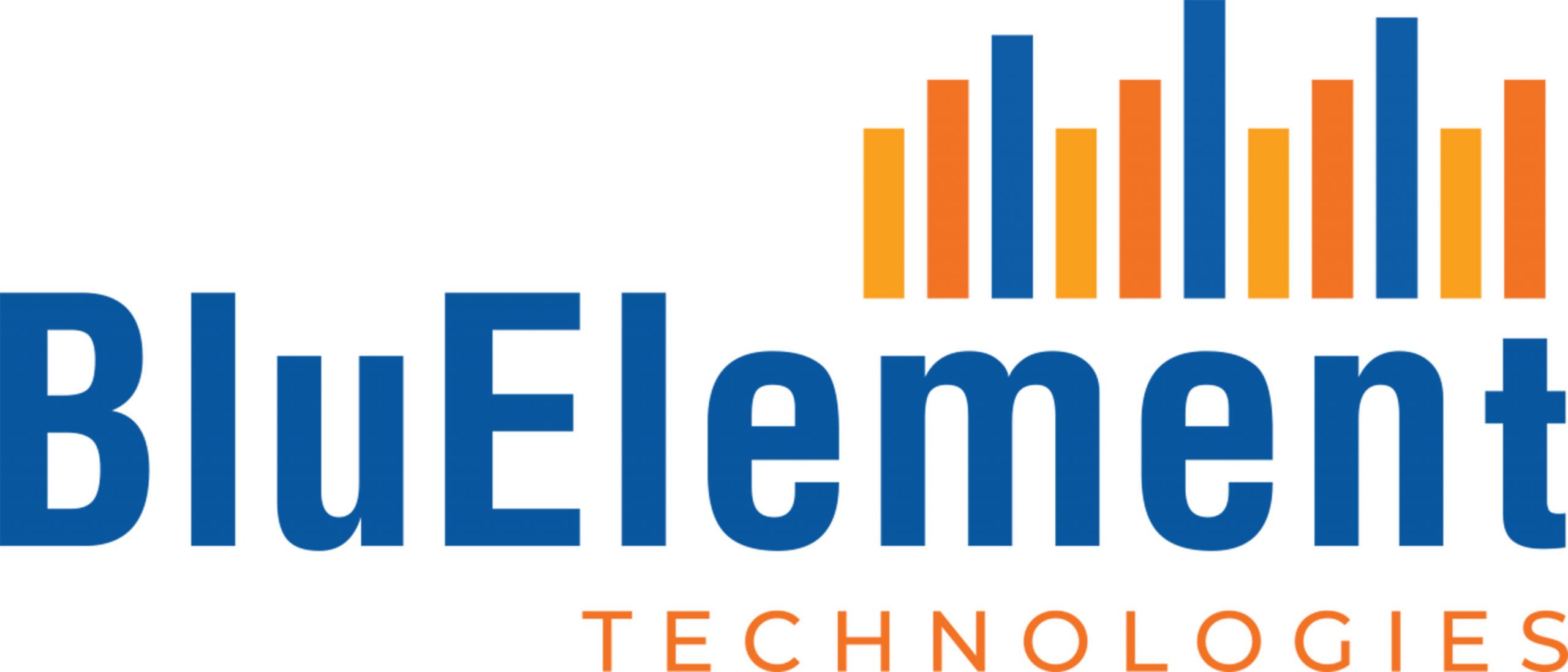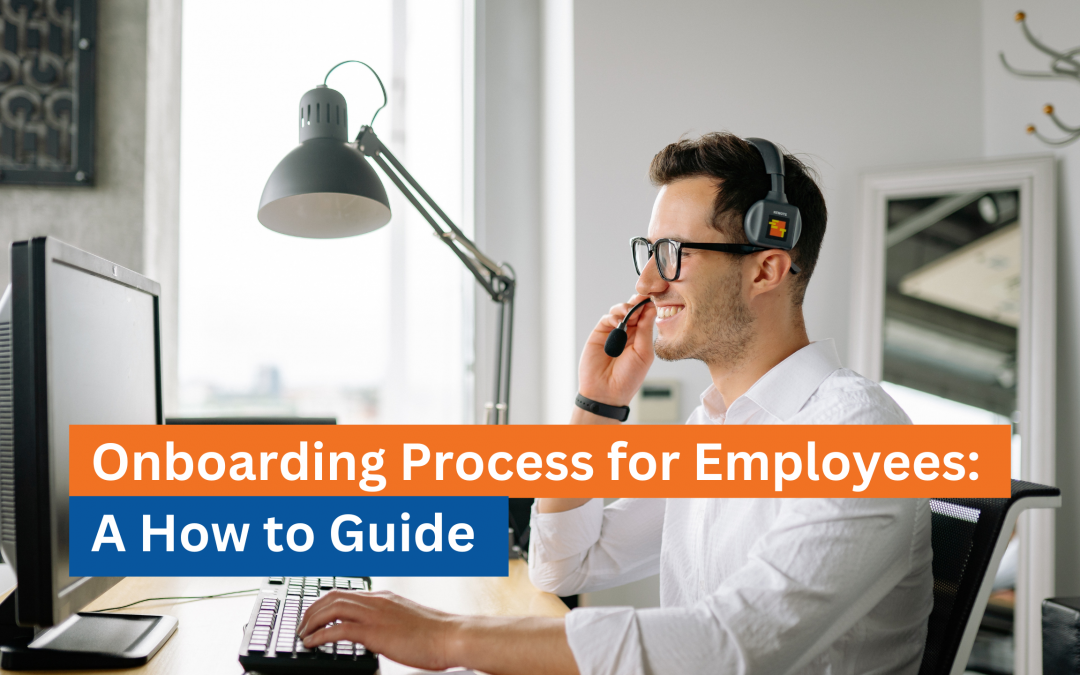Hiring and onboarding new employees is an ongoing challenge for companies. One of the most important tasks that you need to do. Easier said than done. A successful onboarding process for employees helps you set the right tone for the new employee’s work experience and helps them feel welcomed and engaged in their new role. In this article, we will discuss a comprehensive guide on how to onboard new employees successfully.
The Importance of Onboarding Process for Employees
As per the research conducted by Glassdoor, a successful onboarding process can increase new hire retention by 82% and productivity by over 70%. Additionally, a study by the Aberdeen Group found that companies with an effective onboarding process have a 54% greater new hire productivity and a 50% greater new hire retention. Onboarding is the process of integrating a new employee into a company’s culture and workflow. The process includes providing new employees with the necessary tools, training, and resources to be productive in their new roles. A well-designed onboarding process has several benefits for both the employer and the employee.
“You never get a second chance to make a first impression.” – Will Rogers
The Four Phases of Onboarding Process

There are four distinct phases in the onboarding process. They are pre-onboarding, orientation, training, and development.
1. Pre-boarding
Pre-boarding is the initial phase of the onboarding process. It involves preparing new employees for their first day of work before they begin. During this phase, new employees are provided with a welcome package, including company policies and procedures, as well as any necessary forms or paperwork. Companies should focus on candidate engagement and experience to avoid early dropouts.
Additionally, pre-boarding involves assigning a mentor or buddy to the new employee. This mentor or buddy will help the new employee get acclimated to the company culture and assist with any questions they may have.
2. Orientation
Orientation is the second phase of the onboarding process. It typically occurs on the first day of work and involves introducing the new employee to the company culture, policies, and procedures. During orientation, new employees may also receive an overview of the company’s mission, vision, and values.
3. Training
The third phase of the onboarding process is training. During this phase, new employees receive the necessary training to perform their job duties effectively. This training may include job-specific training, as well as any necessary safety or compliance training.
Zig Ziglar famously said, “The only thing worse than training employees and losing them is to not train them and keep them.” Make sure that you invest in your employees from day one to ensure their success and ultimately your organization’s.
4. Development
The final phase of the onboarding process is development. This phase involves providing new employees with ongoing training and development opportunities to enhance their skills and knowledge. This phase may also involve goal setting and performance evaluations.
“People will forget what you said, people will forget what you did, but people will never forget how you made them feel.” – Maya Angelou
Here is a video that is relevant and helpful to improve your onboarding process:
Best Practices for Onboarding Process
To ensure a successful onboarding process for employees, it’s essential to follow best practices. Some of the best practices for onboarding include:
- Starting the process early: Onboarding process for new employees should start immediately after the candidate accepts the offer letter. This will help ensure they are well-prepared and excited to start their new role.
- Assigning a mentor or buddy: A mentor or buddy will help new employees acclimate to the company culture and answer any questions they may have.
- Providing ongoing training and development: Ongoing training and development opportunities are required to help new employees enhance their skills and knowledge.
- Conducting regular check-ins: Regular check-ins with new employees will help you understand whether they are adjusting well to their new role and address any concerns they may have.
According to a study by the Society for Human Resource Management, 50% of employees who quit their jobs do so because of a poor relationship with their manager. By setting clear expectations and providing regular feedback, managers can help foster a positive relationship with new hires and prevent turnover.
One effective way to set clear expectations and goals is to establish a performance management system that includes regular check-ins and goal setting. This provides an opportunity for managers and employees to discuss progress, identify areas for improvement, and set goals for the future.
Peter Drucker famously said goes, “What gets measured gets managed.” By establishing a performance management system, organizations can better manage employee performance and ensure that new hires are set up for success.
Conclusion
In conclusion, the onboarding process for new employees is a critical component of any organization’s talent management strategy. By providing new employees with a mentor or buddy, the necessary training and resources, setting clear expectations and goals, and establishing a performance management system, organizations can improve new hire retention, productivity, and overall success.
Richard Branson once quoted, “Train people well enough so they can leave, treat them well enough so they don’t want to.” By investing in your employees and providing them with a positive onboarding experience, you can help build a strong and loyal workforce that will drive the success of your organization for years to come.
Follow us on our Facebook, Instagram, and LinkedIn pages to stay updated with the latest articles, videos, announcements, and more.




